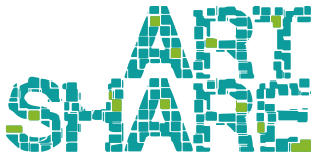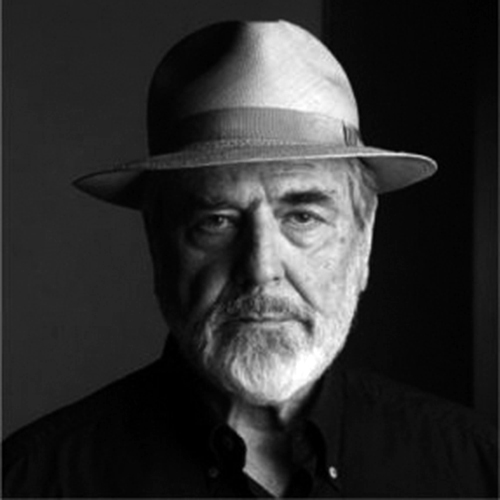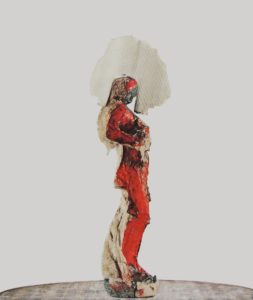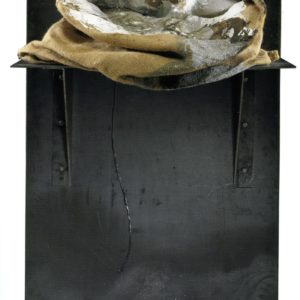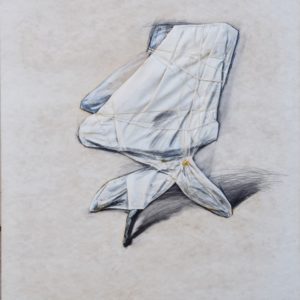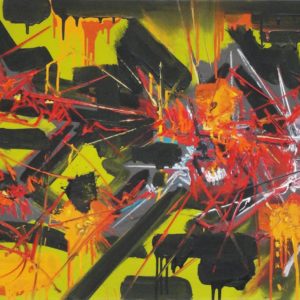Michelangelo Pistoletto
Michelangelo Pistoletto Born in Biella in 1933, he is a key figure of Arte Povera. Not only is he part of it but to a certain extent he helped create it. His career started however on a Pop note. His self-portrait was the main theme of his painting between the late ‘50s and the early ‘60s, and he portrayed himself on copper, gold, black backgrounds. It was a short step from the figure on a monochrome background to the figure on a reflecting background, and this gave rise to the famous series, still being developed, of the mirror pictures, where the silkscreen-printed, lifesize figures stand out against a polished stainless steel surface. The artist explains them as an overturning of Renaissance perspective: perspective closes, blocks the space of the surface, while the mirror opens it up, including everything which is in front of it. These works had a wide-reaching, instant success also in the United States, where Pistoletto exhibited at the Galleria of Leo Castelli. The artist has explained why after this success he decided to abandon everything and develop his art in another direction. He was in a taxi in New York with Leo Castelli and Ileana Sonnabend, and Castelli said to him: “The exhibition went well, it’s a success, but if you don’t decide to come and live in New York and become one of us, there’s no chance for you here”. Pistoletto was so upset by this statement that he did not go back to New York for over ten years. Immediately afterwards, between 1964 and 1965, he began to produce the Oggetti in meno (Objects less) such as a papier maché ball as big as a room or huge empty cylindrical vases. Objects which are present, bulky, but wholly useless. These works, based on poor, elementary materials, certainly helped define the style of Arte Povera. While waste materials are often part of Pistoletto’s work, including the famous Venere degli stracci (Venus of the rags, 1967), the mirror is the most present element in his production, and he has diversified it to the point of smashing it in some of his most recent performances. After having opened a foundation in Biella called Cittadellarte, dedicated to the relationship beween art and society, the center of his work for a dozen or so years now has been the Terzo Paradiso (Third Paradise), an aspiration that nature (the first Paradise) and artifice (the second) can somehow be reconciled. The most important market of Pistoletto’s works is certainly still that for the mirror works, which he has continued to make throughout his artistic career. Many of these, made between the ‘60s and ‘70s, reach quite high figures in auctions, between one and four million dollars.

